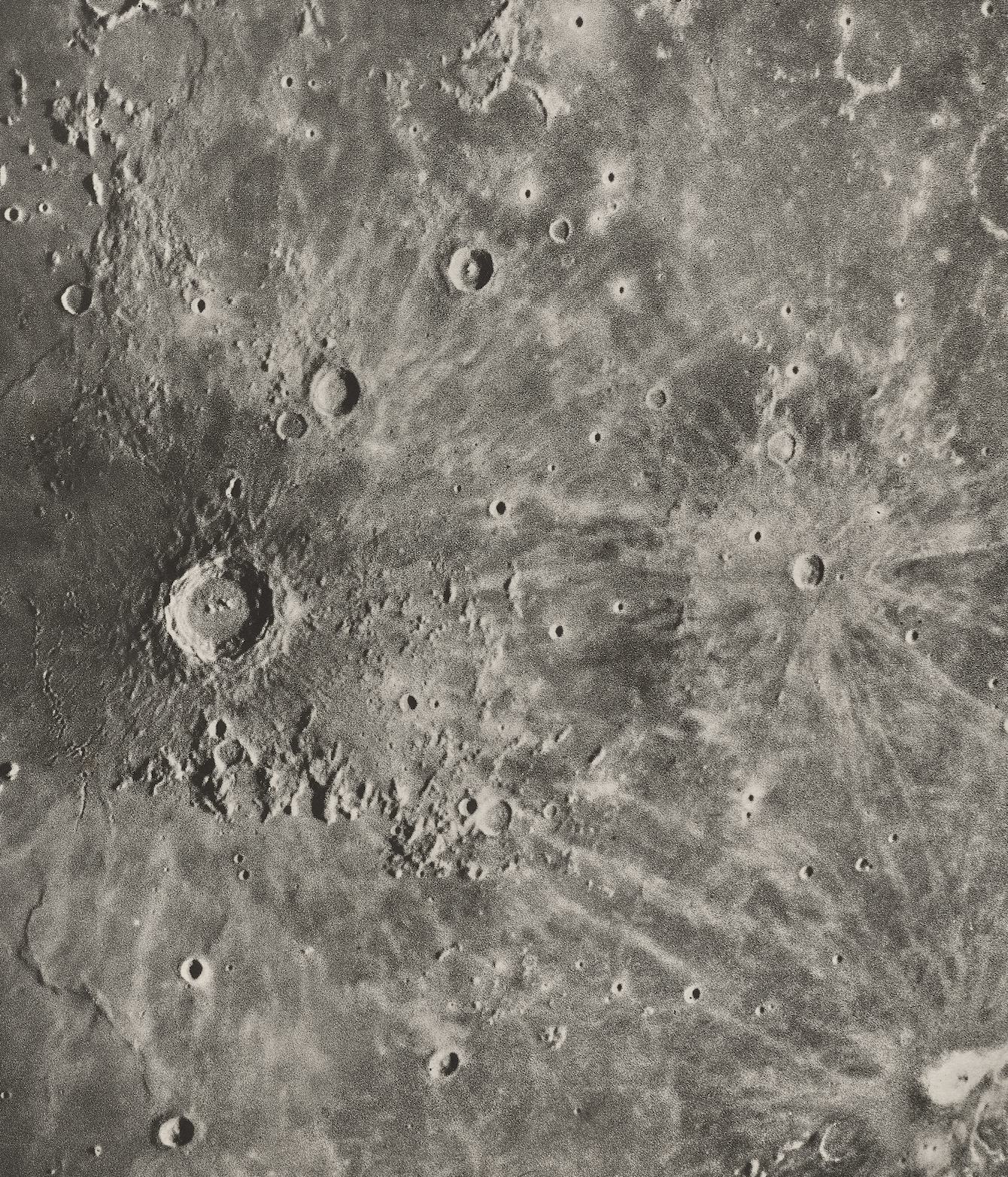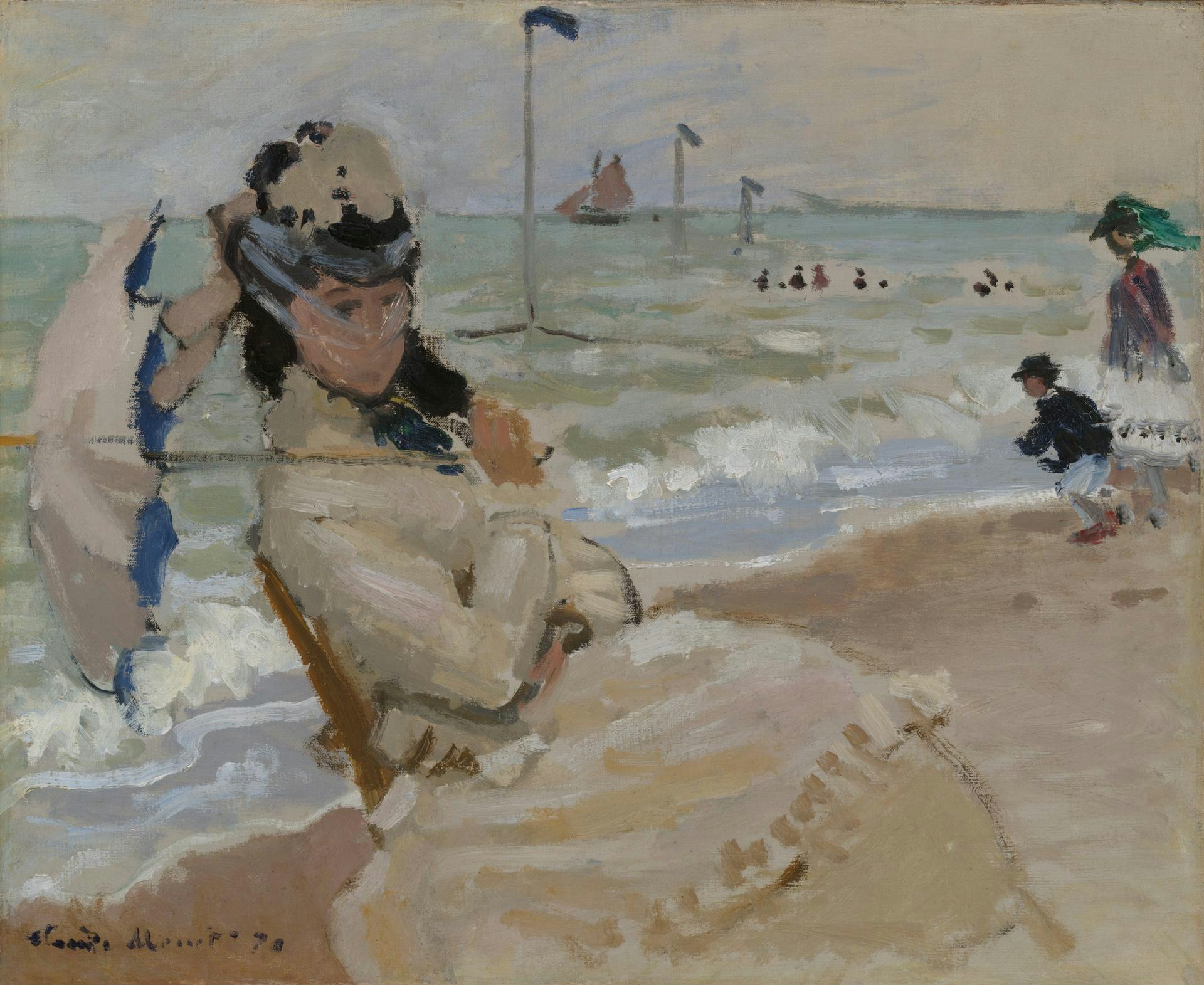Some time ago, I went to a reading by an excellent Midwestern poet. Though her work was superb, what stuck with me most was an aside she made, seemingly off the top of her head.
Introducing one of her poems, she recounted how she’d been working on a book about the human body, reading all kinds of relevant material and devoting hours to her own manuscript—and explained further that just then “the body” was a trendy subject among writers.
“Oh, the body—the body!” she exclaimed, half humorously. “I just got so sick of it!”
She saw the irony of her statement and laughed as she made it. And I could understand her frustration with literary faddism. Besides, I thought I detected a certain semi-Christian longing hovering somewhere in the remark (she’d been raised, she told us, in a strict fundamentalist sect). But I also found myself remembering Marilyn Monroe’s famous line about sex being here to stay, and Octavio Paz’s definition of the poet as a “scientist of the five senses.” And especially Auden’s lines:
“And gardened from the wilderness of space
The sensual properties of one dear face…”
Literary artists are always trying to create fresh and moving work. But this basic aesthetic pressure, I think, can lead to writing distinguished by effect rather than substance. And substance is a very hard thing to make new, the human condition being what it is—despite great variations in culture and history, still a human condition, with its own enduring physical and psychological foundations.
Artistic expression concerning the body, it seems to me, is hardly a matter of fashion, nor is body a “topic” to go in and out of style. Art about the body is too human an activity for that, too ancient and fundamental to who we are. We have long-lived traditional metaphors about bodily things: Fruits and flowers abound in poetry about love and sex, for instance, and we keep comparing body to landscape, many creation stories echoing the Chinese tradition of Pan-Ku, a primal giant whose torso, limbs, and other parts became the various features of the Earth, like Ymir of Norse myth or the Sumerian mother-dragon Tiamat. Even relatively new metaphors often evoke these ancient ones, like Donne’s fervent praise of his mistress as “...my America! my new-found-land...,” or Cezanne’s idea of “joining the curves of the women with the slopes of the hills.” I myself often think of dancing as a second embodying, embodied beings bringing their inner life into physical form. We see too that Sufi dancers choose the body as the vessel of spiritual epiphany.
And after all, isn’t the Earth itself an embodiment of cosmic forces? Isn’t our planet a kind of body, made manifest in the darkness of space?
I don’t mean to make excuses here for ineffective or worn-out diction or tropes. But sometimes, as with the cosmic giants’ enormous corpses, new worlds can be made of the old and these older ways of writing are worthy of reverence simply for their own sakes. Some, in fact, are so powerful and inevitable they seem to exist in a mysterious zone between culture and nature itself.
Even if you seek fresh and powerful ways of writing and thinking about the body, you won’t get far unless you’ve learned respect for these profound traditions. At the same time, though, you have to start from the reality where such comparisons were first cast. “Poetry,” as Emerson says, “must be as new as foam, and as old as the rock.” And this means, in part, looking past the idea of “body” as a shuttlecock of fashion or literary presentation, trying to see it in its simplest form, lying down where all the ladders start.
Which is a worthy endeavor, and not as easy as it may seem. I sometimes think the most profound of all human experiences is simply having a body; of all our universal realities, it’s certainly the most fundamental. And yet our responses to it, paradoxically, show an astonishing variety. You could represent one extreme with the monist/gnostic idea that body doesn’t even exist. At the midpoint is the image of conjoined twins, body and self perceived as a duality that sometimes functions as partnership and sometimes as a duel. And the other end of the spectrum are those moments in which we feel the deepest joy in oneness with our bodies, as the runner feels moving across a landscape, for example, or what we give ourselves to in having sex. By the same token, we’re ultimately defined—at least in part—by body’s demise.
And this is a mystery we share with our animal kin, of course. I still mourn the feral cat who used to hang out in our backyard, remembering, for example, the softness of her black-and-white fur when I’d run my fingertips along her neck and scratch her head. She reminded me that in this world, embodiment allows connection.
Of course, there’s also the religious extremism that sees the body as essentially foul—even the modern idea that body is pure machinery producing the illusion of self. But when human beings hold such wildly disparate views of such a common phenomenon, I can’t help seeing that phenomenon as mysterious and rich to the point of holiness. And I find myself thinking about another possible embodiment, beyond the bodies we currently inhabit, which the story of Lazarus hints at, part of why such stories continue to fascinate us.
What compels me too are the paradoxes of the body: the way we identify ourselves with it and, simultaneously, beyond it. And the related paradox whereby body as organism is unimaginably complex, and yet having a body is fairly simple. There’s so much to say, but at the same time, so little.
In any case, the notes rise in my throat, I’m haunted by this reality affixed so seamlessly to me, questions spring up like new grass, answers fall like rain, like a songbird in spring I can’t chose to be silent.
It’s in this general spirit—and with a deep spiritual gratitude—that I create much of my art.
Tim J. Myers is a writer, songwriter, storyteller, visual artist, and senior lecturer at Santa Clara University. His children’s books have won recognition from the New York Times, NPR, and the Smithsonian, with 16 out and more coming. He’s published over 140 poems, won a first prize in a poetry contest judged by John Updike, has five books of adult poetry out, published a nonfiction book on fatherhood, and won a major prize in science fiction. He also won the West Coast Songwriters Saratoga Chapter Song of the Year and the 2012 SCBWI Magazine Merit Award for Fiction. Facebook: TimJMyers1; Twitter: @TMyersStorySong; Instagram: @tmyersstorysong
Discover more from Tim J. Myers.









